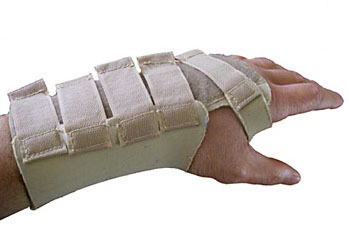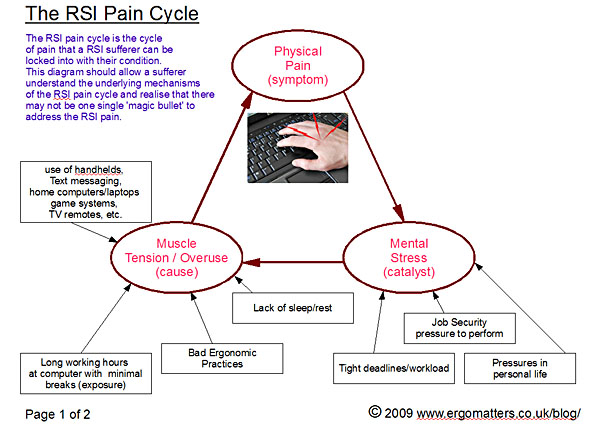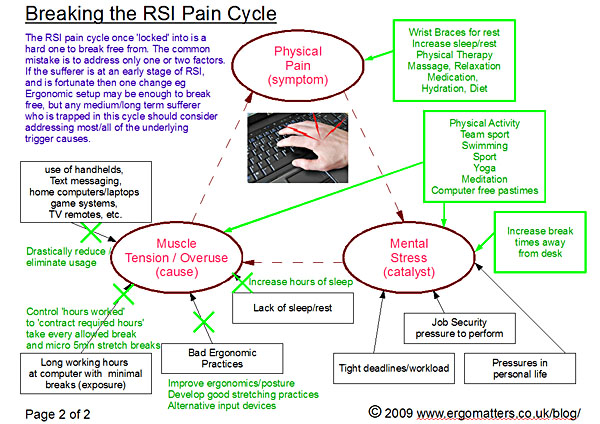I came across an article on the Dorset Echo’s website that referenced an employee who had been sacked by her employer for an alleged attempt to defraud them over an RSI claim. As part of their legal challenge to her claim, her employer produced over 60 hours worth of surveillance footage of her outside her home, shopping and going to the gym, and relied on around five minutes of this in her disciplinary hearing to disprove that she had a computer induced RSI ailment.
Civil liberty infringements aside, this example shows how ignorant some employers are to RSI and how it manifests itself. RSI is pain induced by micro movements of a repetitive nature, which ‘flares up’ and produces painful symptoms when doing many small micro movements over long periods of time eg typing on a keyboard or clicking a mouse. In bad cases, it can cause pain and weakness, for example in wrists, which may affect other activities, or other repetitive everyday tasks. The condition does not, however, generally affect the muscles groups associated with doing many tasks requiring larger motion, including most motions involved in working out at the gym.
The irony is that with RSI, activity that is based on large non-repetitive motions and especially cardio based activity should be encouraged since movement of the larger muscular groups will enhance blood flow to injured areas and promote natural healing. It should not be criticised and brought up as evidence against an RSI claim. To do so just shows the complete ignorance of the individuals and organisations involved.
It is a travesty that the perception is that someone with an RSI condition should be effectively seen to be in a wheelchair and/or doing nothing before they look like they have RSI to an employer. If they were observed continually texting on their phone or playing video games all day that would be a different story! However, being criticised for living a normal macro movement life whilst trying to keep fit and healthy is an outrage.
Rate this post! [ratings]


 I’ve been through a fair share of wrist braces in my time with RSI. Wrist braces are often the first item you will obtain after seeing a physical therapist about an RSI condition. They can be a lot of help to a RSI sufferer, but have to be used correctly, comfortably, and should not be used if they worsen your RSI symptoms.
I’ve been through a fair share of wrist braces in my time with RSI. Wrist braces are often the first item you will obtain after seeing a physical therapist about an RSI condition. They can be a lot of help to a RSI sufferer, but have to be used correctly, comfortably, and should not be used if they worsen your RSI symptoms.

 Below, I provide a list of criteria that I would associate with a worker who will have an elevated risk of contracting an RSI condition. If you associate with a few of these activities, then you too may be at high risk of developing a RSI condition –
Below, I provide a list of criteria that I would associate with a worker who will have an elevated risk of contracting an RSI condition. If you associate with a few of these activities, then you too may be at high risk of developing a RSI condition –